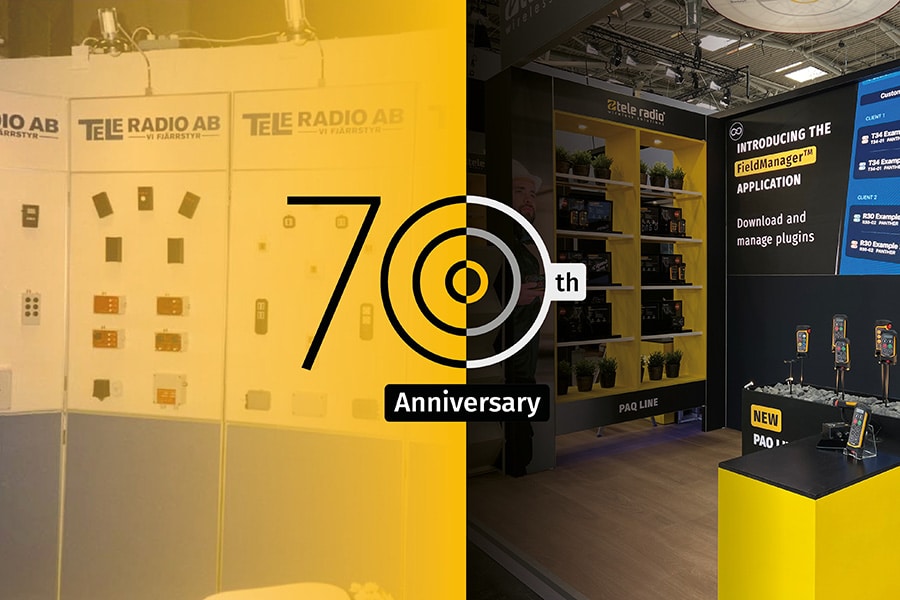
Cheap digging? Rent the biggest excavator possible!
Now you may think I'm trying to cost you. Because a quick look at our website will tell you: the bigger the machine, the more expensive it is to rent. Yet in many cases the opposite is true. Choosing the right (and therefore slightly larger) machine can save you a lot of money. In this blog, I'll explain to you exactly how.
Once you know what your job is and in what location it needs to be done you start determining how big your machine needs to be. Obviously, you can't build a city garden with a 15-ton machine. That's never going to fit. Conversely: by doing a big job with a (too) small machine you are throwing away a lot of time and fuel.
CHEAP DIGGING? HOW ABOUT THAT?
A small machine you have to move much more often while working. For example, you have to move a two-tonner twice as often as a 10-tonner, whose working range is much larger. Moving takes time and also fuel. And during the time you are driving, you are not digging.
Below is a small calculation example to explain the above:
- With a 1.5 tonner with a ditch bucket about 1 meter wide, you move about 100 liters per bucket and 4 buckets per minute. But due to the necessary movements of the machine, these are effectively only 3 per minute.
- At 6 hours of intensive work, that is 108 m3 per day. Fuel consumption per day will be about 20 liters. That is a consumption of 0.185 liters per m3 of excavated soil.
- With a 10-tonner with a 2-meter ditch bucket, you move about 450 gallons per bucket and 3.5 buckets per minute. Including necessary moves, that's effectively 3 per minute.
- At 6 hours of intensive work that is: 486 m3 per day. The daily consumption will be about 40 liters.
- That is a consumption of 0.08 liters per m3.
- This example shows that a 10-ton truck works over 4 times faster and uses only half the fuel per m3 of soil moved compared to a 2-ton truck.
This example shows that a 10-ton truck works over 4 times faster and uses only half the fuel per m3 of soil moved compared to a 2-ton truck.
Again: here is a theoretical, non-existent job used as an example. But the differences are so great that it's best to think about the machine choice.
Of course, when choosing your machine, you need to consider a few factors.
ENVIRONMENTAL FACTORS
How big is the plot? On an estate you have more space than in a city garden. Do you have a job in a building? Or under trees or power lines? Then keep height restrictions in mind. Do you need to dig along a wall, road or railroad track? Then choose an indoor digger. Are you working on a construction site or golf course? At the construction site they don't bother about rutting, but at the golf course they don't like it so much.
SCOPE OF THE JOB
When you need to dig a pit for a trampoline, you don't need a 15-ton excavator. For digging out a foundation for a mega-stall, you do.
TRANSPORT COSTS
Transporting a machine can be quite expensive. The cost of a low-loader with a 15-ton truck is considerably higher than for a trailer with a 2-ton truck. You will probably be ready much sooner with the 15-ton trailer, but in this case the advantages (quicker readiness, shorter rental period) probably do not outweigh the disadvantages (high transport costs). So "bigger" is not always "better.
Would you like to rent an excavator in your area? Then go to www.graaver.com for the offer and corresponding prices!
This blog was written by Graaver - in collaboration with Dick Kroesbergen





